The Conjure Woman (Mint Editions) Hardcover – December 8, 2020 by Charles W. Chestnutt
Hardcover
[130 Pages]
PUB:December 08, 2020
Description
Author: Chestnutt Charles W.
Package Dimensions: 10x203x254
Number Of Pages: 130
Release Date: 08-12-2020
Details: Product Description
The Conjure Woman (1899) is a collection of stories by African American author, lawyer, and political activist Charles Chesnutt. “The Goophered Grapevine,” the collection’s opening story, was originally published in The Atlantic in 1887, making Chesnutt the first African American to have a story published in the magazine. The Conjure Woman is now considered a masterpiece of African American fiction for its use of folklore and exploration of racist stereotypes of Black Americans, especially those living in the South.
In “The Goophered Grapevine,” an old ex-slave named Julius McAdoo―a coachman hired by a white Northerner named John―warns his employer about the land he has decided to purchase. He tells him the story of the vineyard’s previous owner, who hired a woman named Aunt Peggy to put a curse on his famous scuppernong grapes in order to stop his slaves from eating them. Each story in The Conjure Woman follows a similar formula, beginning with a narrative situation involving John and his wife, Annie, before leading to a story from Uncle Julius. “Po’ Sandy,” one of Chesnutt’s most acclaimed tales―and a loose adaptation of Ovid’s Metamorphoses―opens with John deciding to build a new kitchen for his wife. Uncle Julius drives him to the saw mill, where, while watching the saw cut through a log, he is reminded of the story of Sandy, a local man who was turned into a tree by a conjurer in order to escape slavery. The Conjure Woman is a powerful collection of folk takes and stories exploring themes of race, identity, and class in the nineteenth century South.
With a beautifully designed cover and professionally typeset manuscript, this edition of Charles Chesnutt’s The Conjure Woman is a classic of African American literature reimagined for modern readers.
From the Back Cover
A white Northerner travels South to care for his wife. While she recovers in the warmer climate, he cultivates his newly purchased vineyard, and both spend time spellbound by ex-slave Uncle Julius McAdoo’s stories of hoodoo and mystery set on the nearby plantations. The Conjure Woman is a collection of stories by pioneering African American writer Charles Chesnutt.
About the Author
Charles W. Chesnutt (1858-1932) was an African American author, lawyer, and political activist. Born in Cleveland to a family of “free persons of color” from North Carolina, Chesnutt spent his youth in Ohio before returning to the South after the Civil War. As a teenager, he worked as a teacher at a local school for Black students and eventually became principal at a college established in Fayetteville for the purpose of training Black teachers. Chesnutt married Susan Perry―with whom he had four daughters―in 1878 and moved to New York City for a short time before settling in Cleveland, where he studied law and passed the bar exam in 1887. His story “The Goophered Grapevine,” published the same year, was the first story by an African American to appear in The Atlantic. Back in Ohio, Chesnutt started the court stenography business that would earn him the financial stability to pursue a career as a writer. He wrote several collections of short stories, including The Conjure Woman (1899) and The Wife of His Youth and Other Stories of the Color-Line (1899), both of which explore themes of race in America and African American identity as well as employ African American Vernacular English. Chesnutt was also an active member of the NAACP throughout his life, writing for its magazine The Crisis, serving on its General Committee, and working with such figures as W.E.B. Du Bois and Booker T. Washington.
Be the first to review “The Conjure Woman (Mint Editions) Hardcover – December 8, 2020 by Charles W. Chestnutt”
You must be <a href="https://webdelico.com/my-account/">logged in</a> to post a review.

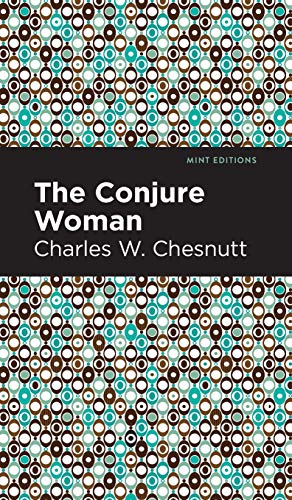
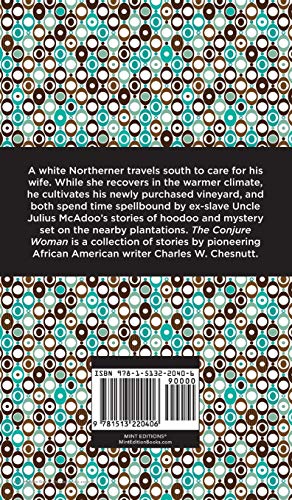
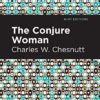

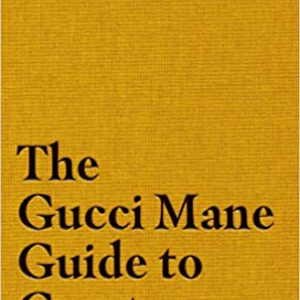










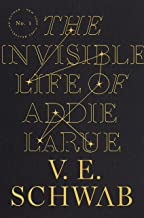













There are no reviews yet.